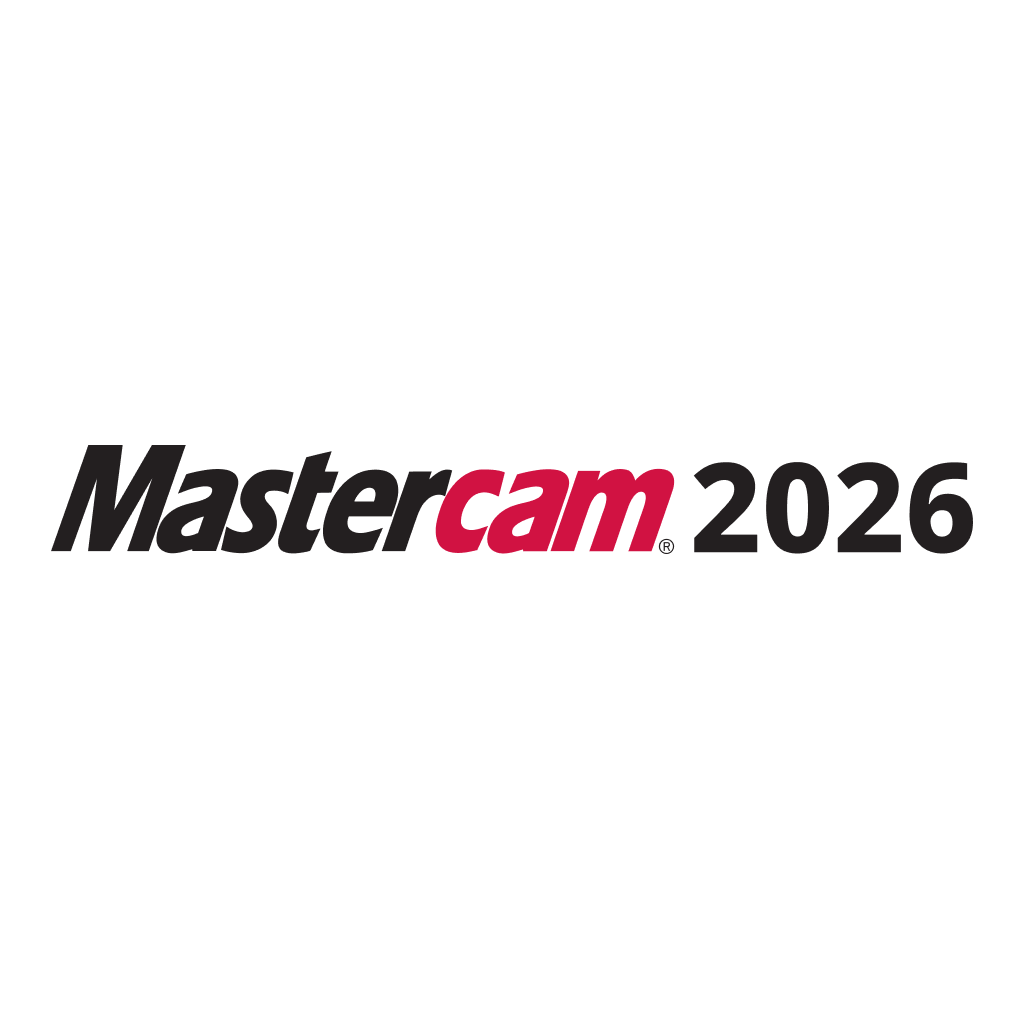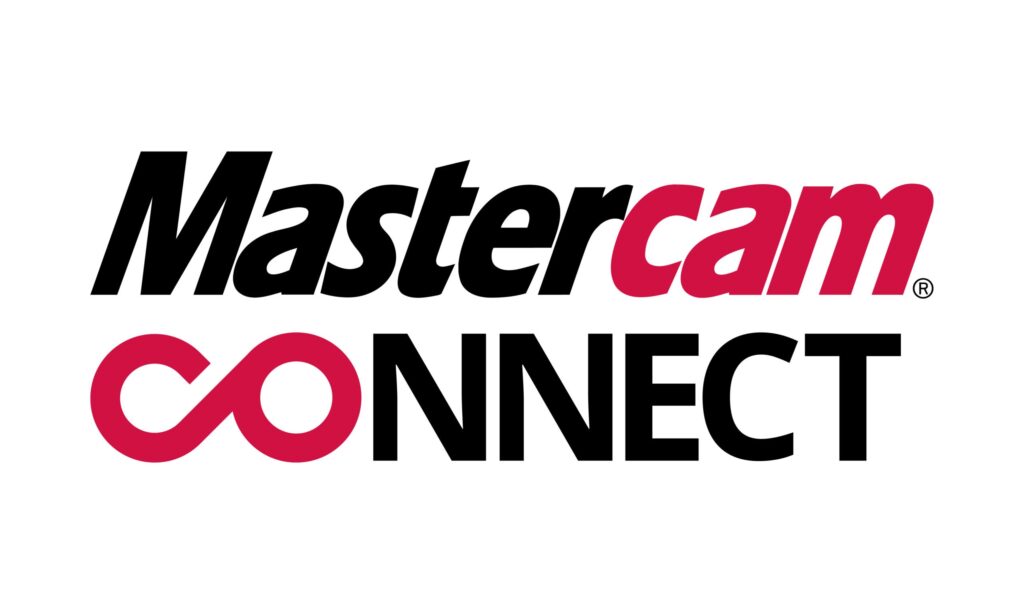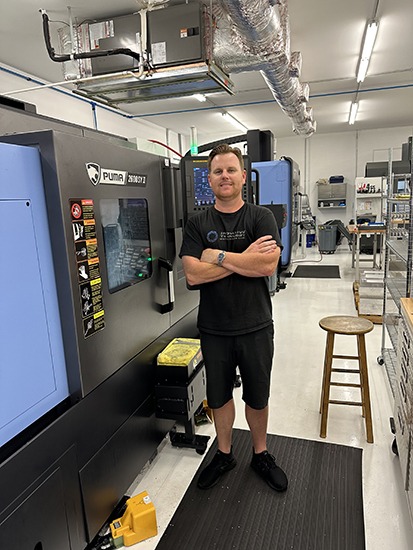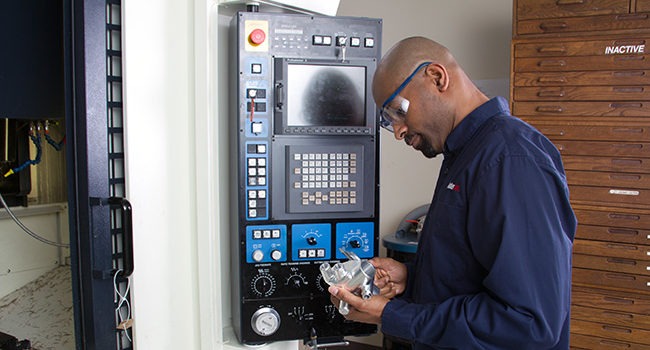
A CNC machine, or computer numerical control machine, is a piece of equipment that manufactures parts according to preprogrammed computer directions.
The techniques you can apply in CNC machines are even more varied than the types of machines you can use, but this blog will cover only subtractive machining centers like mills, lathes, routers, etc. If you’re wondering how to get started with CNC machining with a CAD/CAM system, take a look at our basic guide below.
Establish Your CNC Machining Strategy
The first step in machining is deciding which approach to take and which machine to use. There are six general styles of machining that are most commonly used.
Mill
The most common kind of CNC machine and the type that is most often used. Milling involves sending a rotary cutting tool into the material to cut away material along three linear axes. Either vertical or horizontal, they are most often used to drill, bore, and cut.
Best for:
- General parts
- A variety of purposes such as machining flat and contoured surfaces
- Making internal and external threads
- Cutting gears and slots: brackets, housings, etc.
Lathe
A machine that uses turning to spin the stock material while a stationary tool cuts, removing unwanted parts of the material, and leaving behind a nicely shaped workpiece.
Best for:
- Parts with radial symmetry
- Parts that have very close to radial symmetry; pipes, bolts, etc.
Mill-Turn
The combination of milling (tool rotating) and turning (workpiece rotating) techniques into one powerful and flexible machine that can complete complex operations, without switching machining centers, faster and with greater accuracy than traditional machining techniques.
Best for:
- Parts that would need to be machined on a mill and a lathe to finish them well
- High-precision medical and aerospace components and any parts that would benefit from reduced operator handling and part setups
Router
Very similar to mill; a machine that advances tool into material and cuts at varying depths. Typically used to cut many types of materials, such as wood, plastic, aluminum, and high-density foam. Routers are typically horizontal and often have the tooling mounted on a gantry.
Best for:
- parts that need engravings
- Interior and exterior decorations
- Wood panels
- Sign boards
- Furniture
- Cabinets
- Signs
Swiss
Very similar to lathe but has more advanced tool holding technology and can produce extremely small parts quickly and accurately. Workpieces can both turn and move back and forth along the z-axis while tools cut away the part. Has the ability to perform several operations simultaneously.
Best for:
- High-precision parts manufacturing
- Very long and thin parts that would experience too much wobble on a traditional lathe; screws, medical instruments, miniature aerospace parts, etc.
Multiaxis
A machine that combines the three linear axes (X, Y, and Z) with three additional rotary axes (A, B, and/or C) for more efficient machining and makes reaching every inch of the part easy.
Best for:
- Complex parts or parts that would require multiple setups with traditional milling
- Engine housings, implants, prosthetics, aerospace parts, etc.
Decide Which Materials to Use
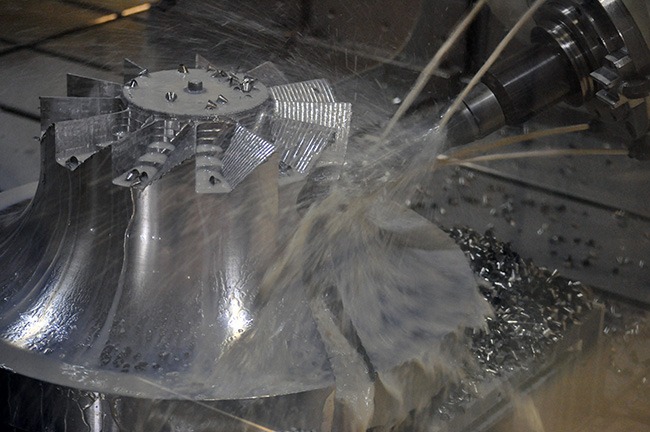
Often times your customer will dictate which material they want their part to be made from. However, if the decision is up to you, you will have to weigh the pros and cons of various alloys, metals, and even plastics to choose the best fit. Consider the following:
Which industry will this part serve?
Some industries, like the medical and aerospace industries, have very strict constraints on the type of material that can be used.
Will this have to endure high heat and stress?
The hinges of an interior door will experience much less stress than will the inner mechanisms of a car.
What is the intended lifespan of the part?
If you are creating a basic mold that will be used for a short run, for example, aluminum may be perfect. If the mold is intended to have an indefinite lifespan with heavy use, tool steel is required.
What am I able to spend?
Consider the profit you will earn from this series of parts with different materials.
As a general rule, the toughest materials will be titanium and titanium alloys, different steels, and tungsten, but aluminum and brass are easily machined and may be more cost-effective.
Use Mastercam to Program Your Part
Open the corresponding Mastercam product for the machining approach you’ve chosen. Be sure to consider your fixturing and machine setup.
If this is your first time operating Mastercam, consider reaching out to your local Reseller for support or taking classes from Mastercam University which offers 24/7 access to online courses and certification exams.
Set Up Your Machine

Analyze the shape of your part and – keeping in mind your cutting strategy – choose a work-holding device to best support your part and hold it in place during machining. Fixtures securely hold the stock material in a fixed location and orientation (and spin the stock, in the case of lathes and Swiss machines) so that the tool can cut accurately. The best fixtures will ensure part repeatability and the highest quality parts.
Once you’ve chosen the best option, secure your material in the fixture. Depending on your G-code, you may need to repeat this process for each operation. Be sure to use Verify, Backplot, and Simulation to check for any possible collisions or mistakes.
Run Your Program
Start your machine and watch the magic! If your program was prechecked and your material is secure in its fixture, you should be able to walk away until either the part is finished or until it needs to be re-fixtured.
Ready to try?
Download the free Mastercam Learning Edition and give it a go.
